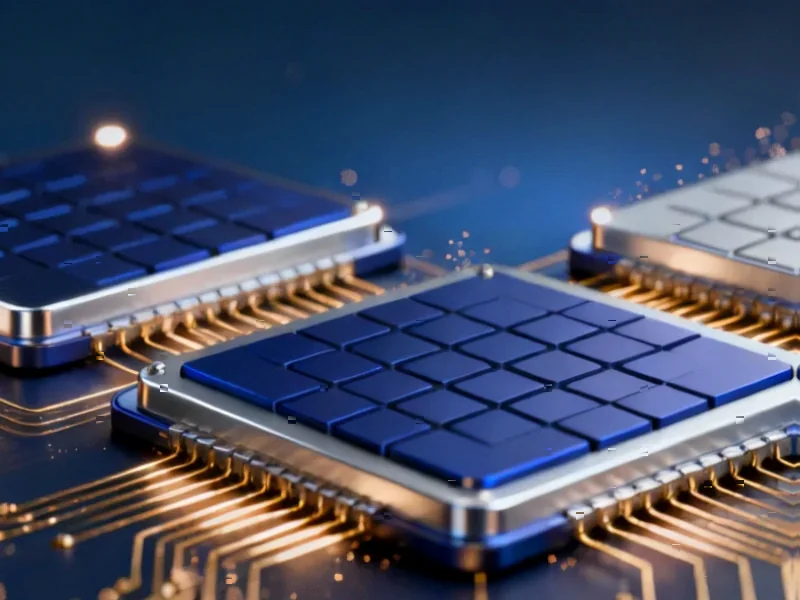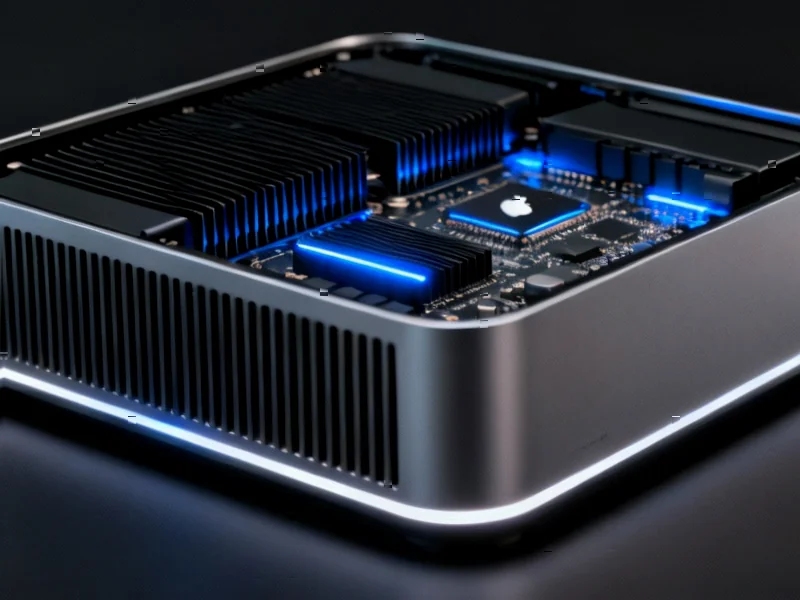Massive Computing Power Deal
In what industry analysts are calling one of the most significant AI infrastructure deals of the year, Anthropic has reportedly secured a multibillion-dollar agreement with Google to dramatically expand its computing capacity. According to sources familiar with the arrangement, the AI startup will gain access to up to 1 million of Google’s specialized Tensor Processing Units (TPUs) – a computing commitment that underscores the staggering resource requirements of today’s advanced AI systems.
Table of Contents
The deal’s scale becomes particularly striking when considering the energy implications. Reports indicate the partnership is expected to bring “well over a gigawatt of capacity online in 2026.” To put that in perspective, the U.S. Energy Information Administration notes that a single gigawatt could power approximately 350,000 American homes. This level of computing infrastructure represents a massive bet on Anthropic’s continued growth and the expanding AI market.
Strategic Positioning in AI Arms Race
What makes this arrangement particularly noteworthy is Anthropic’s existing partnership structure. The company continues to work with multiple cloud providers simultaneously, maintaining relationships with both Amazon – its primary cloud provider and first major investor – and Nvidia for additional chip access. This multi-vendor approach appears strategically designed to prevent over-reliance on any single infrastructure provider while securing the enormous computing resources needed to compete in the rapidly advancing artificial intelligence landscape.
Meanwhile, the timing couldn’t be more significant. Anthropic recently achieved a staggering $183 billion valuation after raising another $13 billion in investments, according to financial reports. The company, founded by former OpenAI leaders in 2021, has positioned its Claude assistant as a direct competitor to ChatGPT, focusing particularly on enterprise customers who use the technology for coding assistance and various business tasks.
Industry Implications
This deal represents more than just another corporate partnership – it signals the intensifying battle for AI infrastructure dominance. Google’s willingness to commit such substantial TPU resources to Anthropic suggests the search giant sees strategic value in strengthening ties with one of OpenAI’s most formidable competitors. The arrangement also demonstrates how crucial specialized AI chips have become in the development of cutting-edge AI systems.
For context, Google has been developing its TPU technology for years as an alternative to Nvidia’s dominant position in the AI chip market. By providing these chips to external partners like Anthropic, Google not only generates revenue but also creates a broader ecosystem for its hardware technology. This could potentially challenge Nvidia’s current market leadership over the long term.
Industry observers will be watching closely to see how this computing power infusion affects Anthropic’s product roadmap. With access to this level of resources, the company could potentially accelerate development of more advanced versions of Claude and explore new AI applications that require even greater computational intensity. The deal also raises questions about whether other AI startups will seek similar large-scale infrastructure partnerships as the resource demands of advanced AI models continue to escalate.
As the AI industry matures, access to computing power appears to be emerging as the new competitive moat. Partnerships like this Anthropic-Google arrangement may become increasingly common as companies seek to secure the enormous resources required to stay at the forefront of artificial intelligence development.
Related Articles You May Find Interesting
- Intel’s Panther Lake CPU Appears With Surprising Arc GPU Branding
- KPMG Survey: 73% of CEOs Plan Major AI Workforce Investments in 2025
- Microsoft Adds Google Lens-Style Visual Search to Windows 11 Snipping Tool
- Disney-Google Standoff Threatens YouTube TV’s ESPN, ABC Access
- Scientists Revive 40,000-Year-Old Microbes From Alaskan Permafrost



